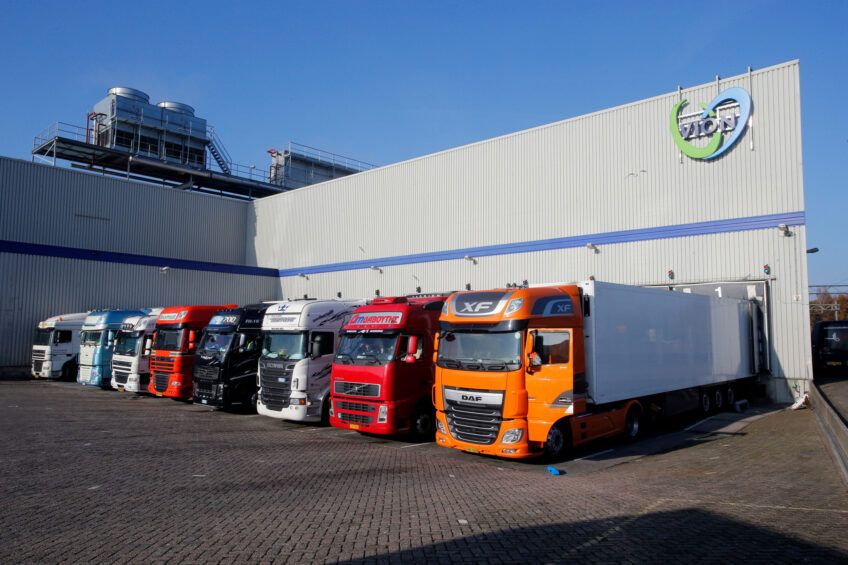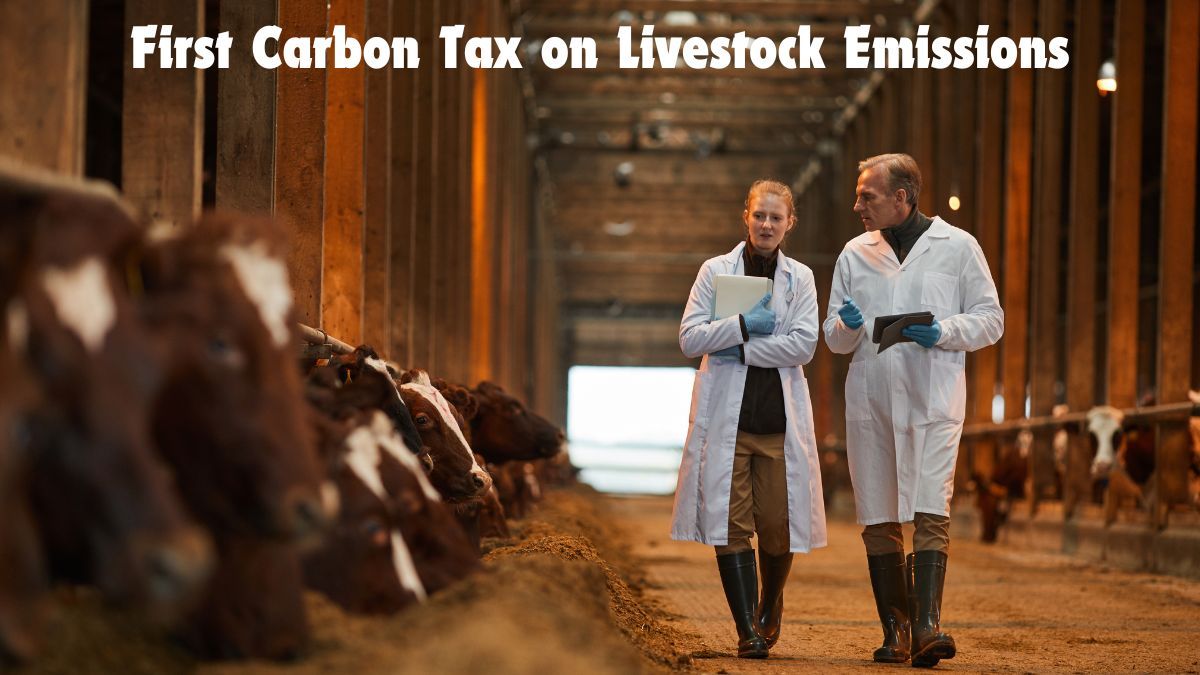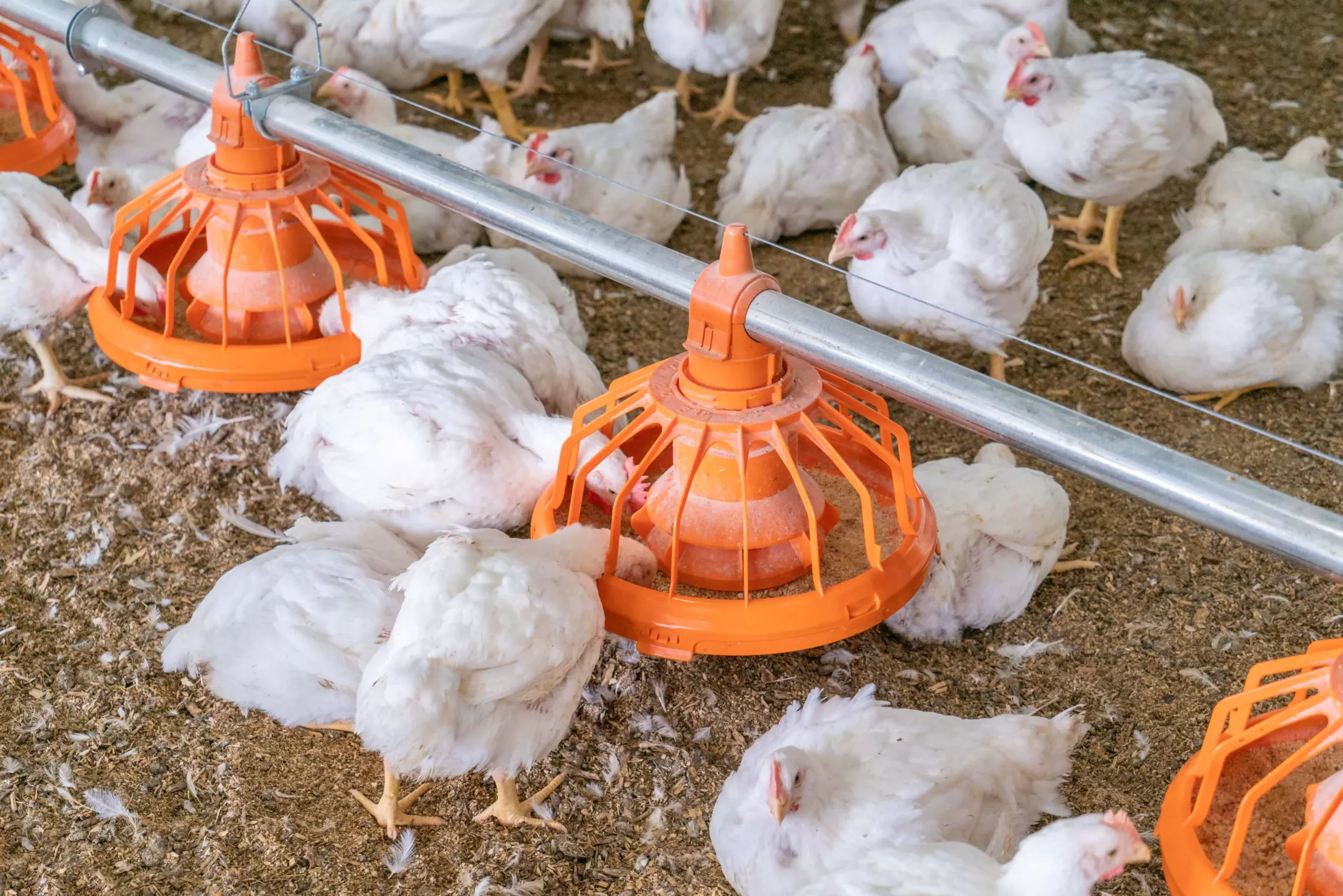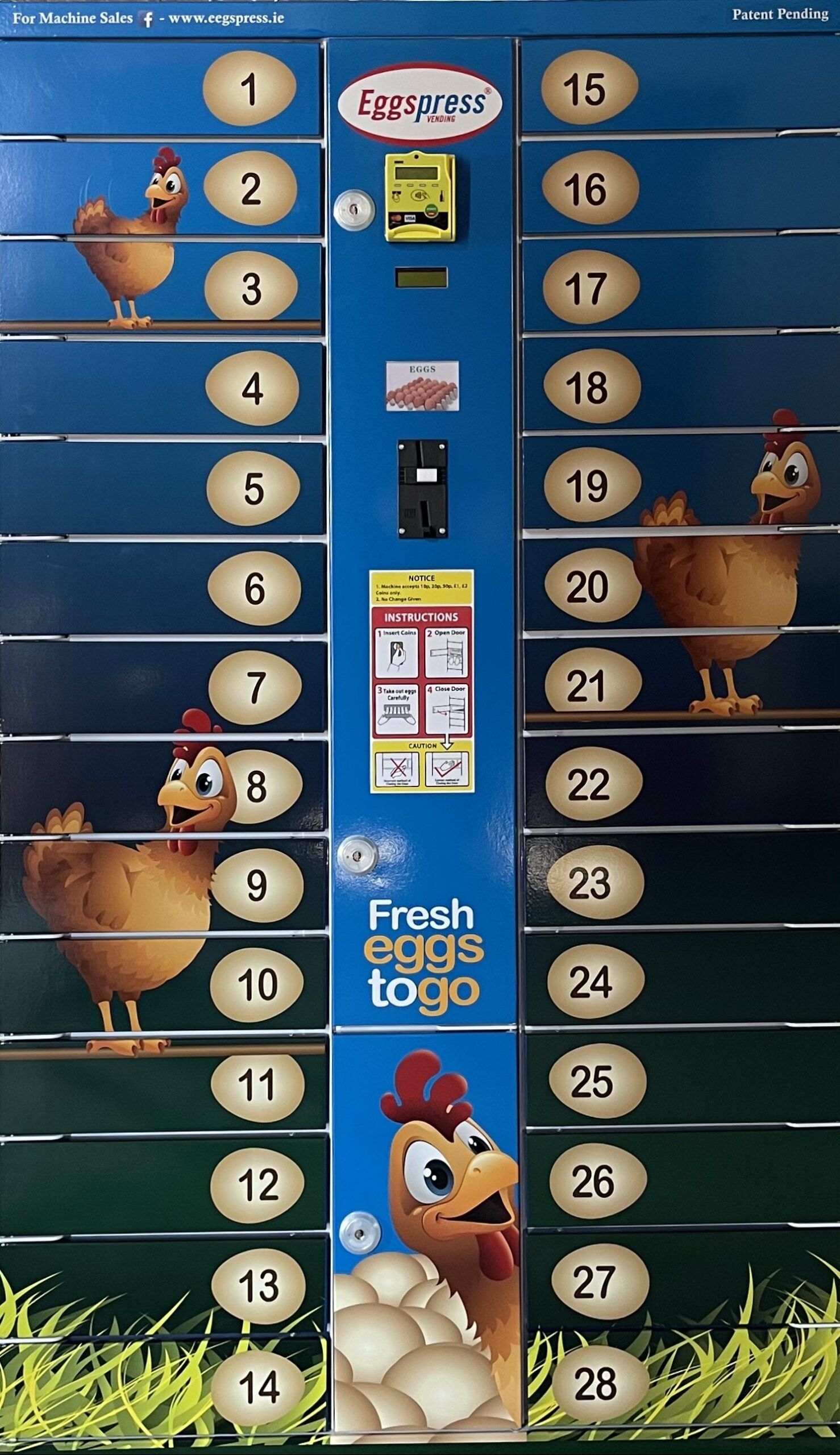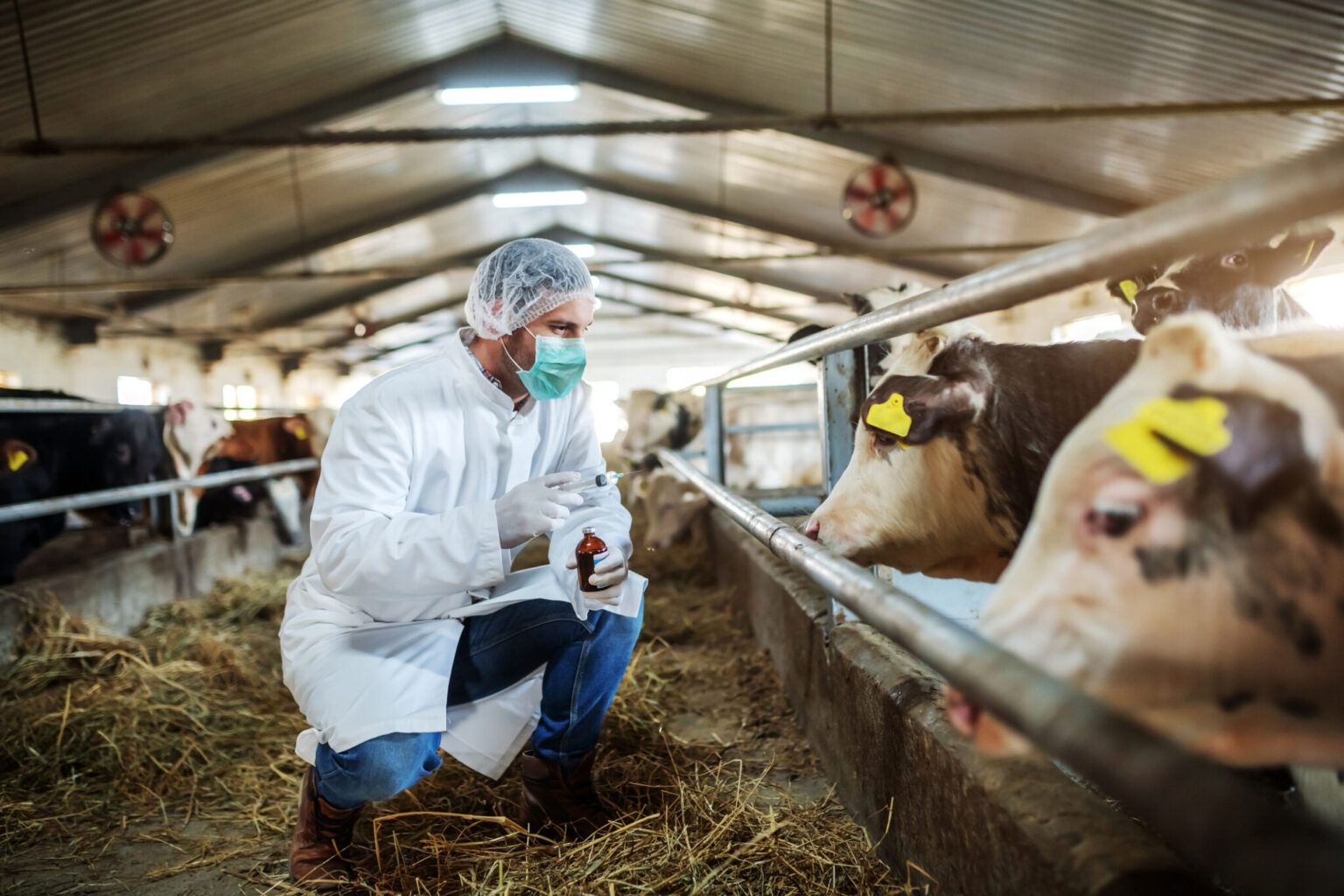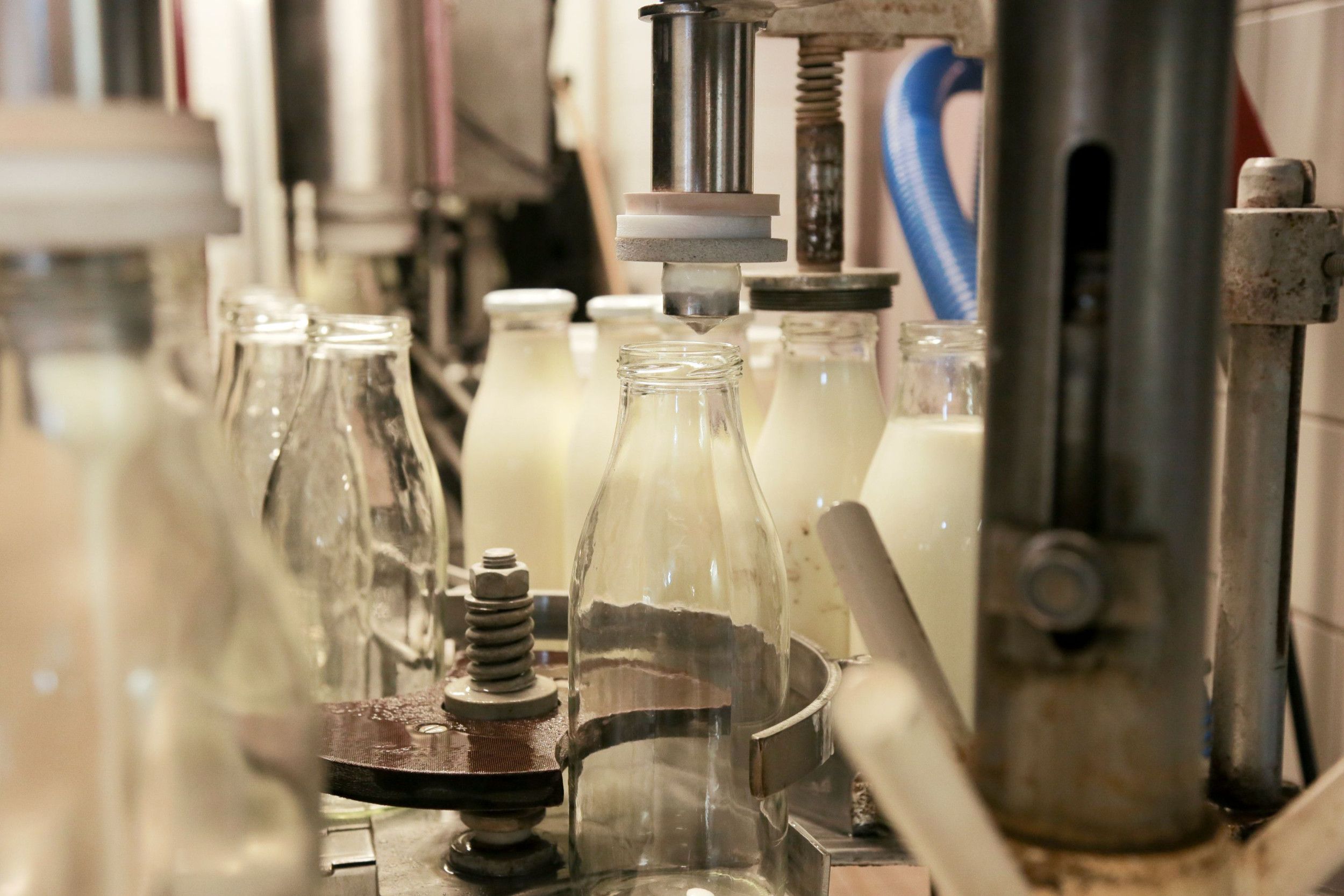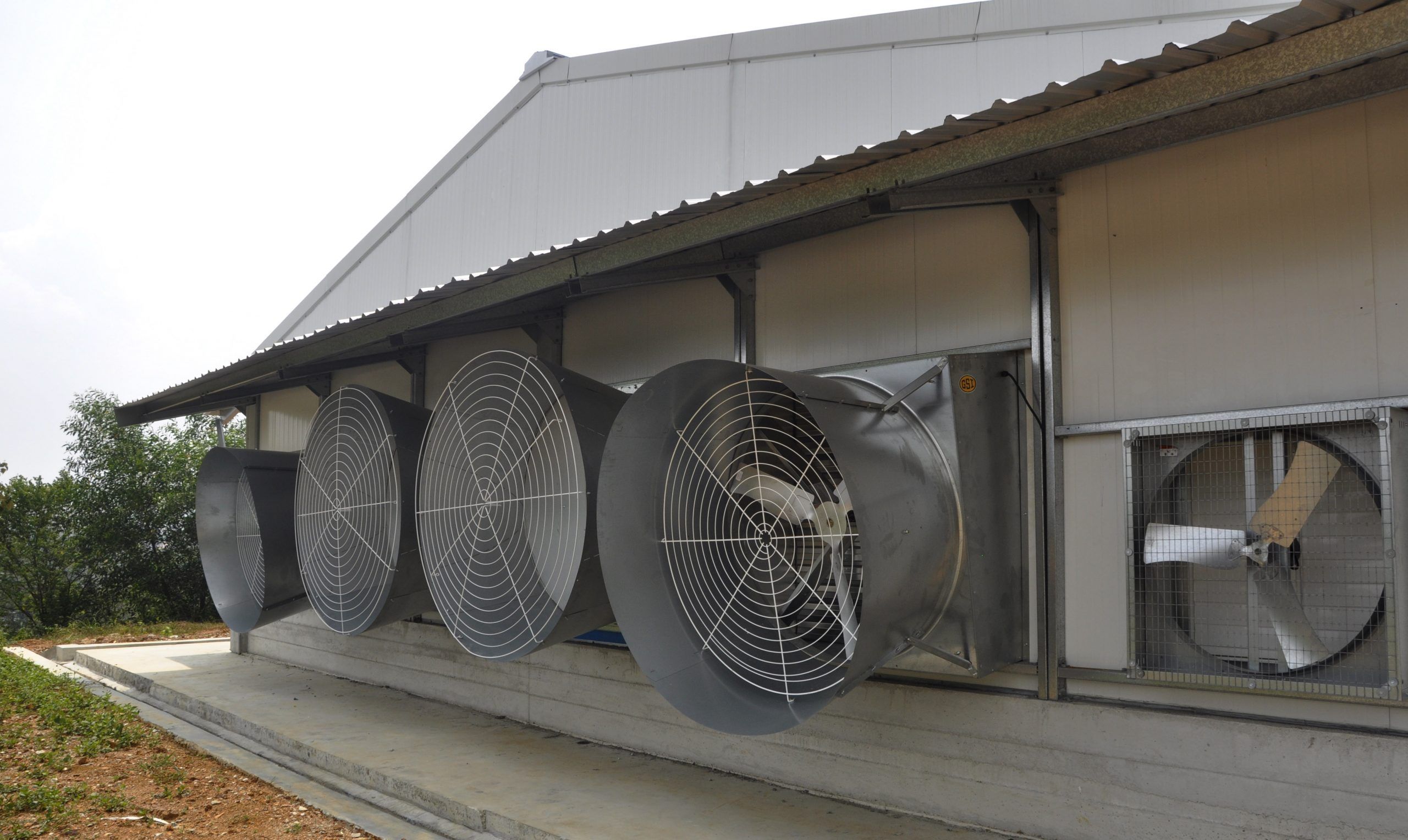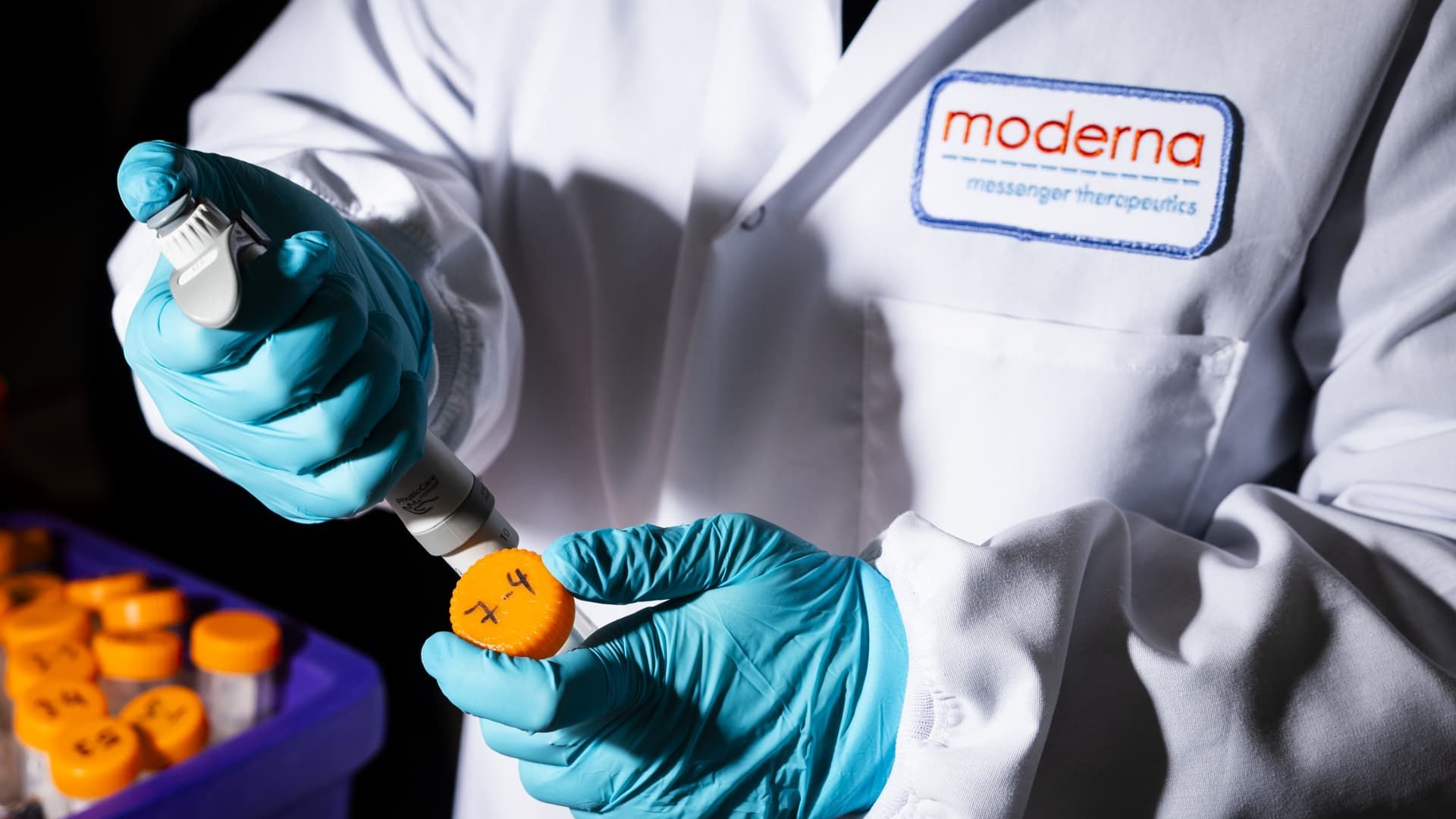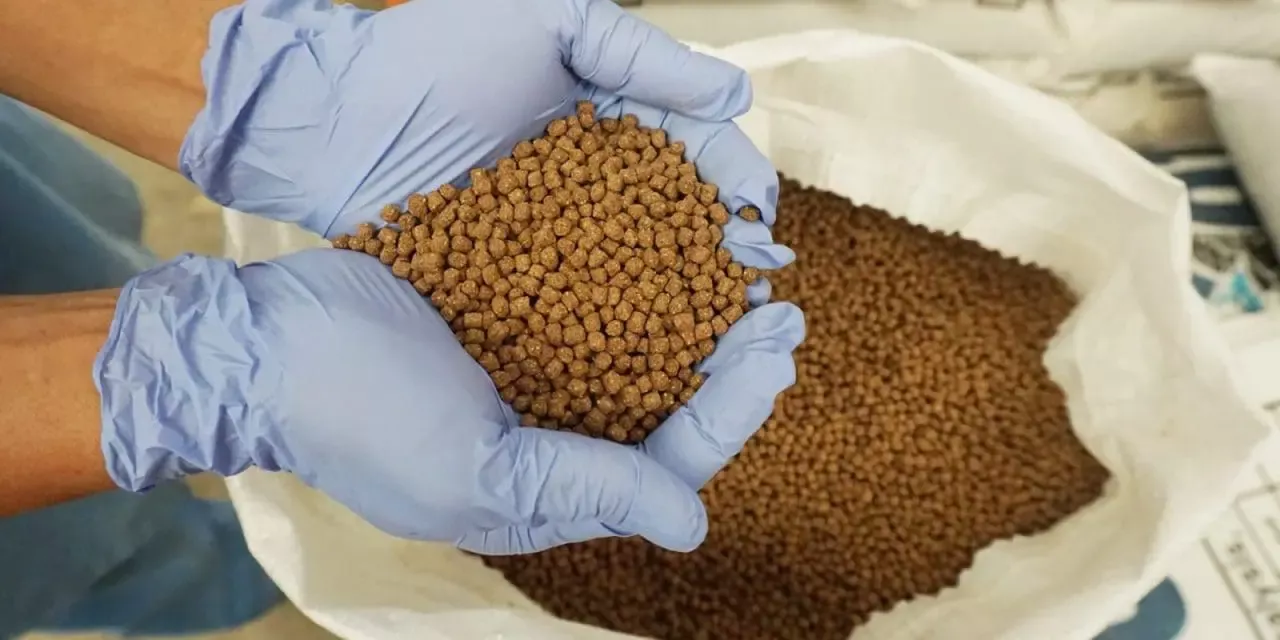China picks 3 large EU pork processors for dumping investigation
China will examine 3 large European pork processors in the context of the recently announced investigation into alleged “dumping practices of pig products” on the Chinese market. Danish Crown (Denmark), Vion Food Group (the Netherlands) and Litera Meat (Spain) were all ‘selected’ for a detailed investigation, Beijing’s trade department said.
In June, China announced that the country would be investigating what it feels to be unfair trade practices by EU pork exporters, following complaints from the China Animal Husbandry Association (CAHA). It is generally assumed that China has taken the step in retaliation to an EU decision to put a levy on imported Chinese electric cars, despite denials by the Chinese authorities.
All 3 companies have announced that they will fully cooperate and hand over all information requested by the Chinese authorities. They or their national organisations strongly deny the allegations.
Spain is by far the largest exporter of pork and pork products to China. According to figures by Interporc, Spain’s national organisation for the pig sector, in 2023 the Spanish pork industry producers exported 560,448 tonnes with a total value of €1.2 billion. About 20% of all Spanish pork exports went to China. When seen from a Chinese perspective, about 21% of all Chinese pork imports come from Spain. There is no indication from the National Association of Meat Industries of Spain (ANICE) that they are concerned about the Chinese action.
“We enter this phase with full peace of mind, just like the European Commission does. At the same time, we have to open, and keep open, the necessary communication lines between the authorities in China and Spain as well as the EU. If necessary, we will take the initiative to organise that”, said Giuseppe Aloisio, general director of ANICE.
News agency Reuters said that the probe is expected to be completed in June 2025, but could be extended by another 6 months.
